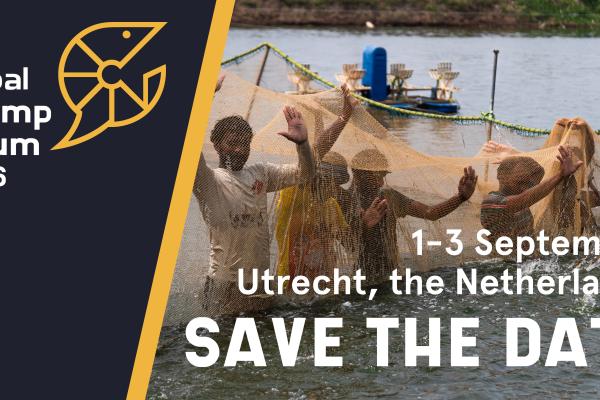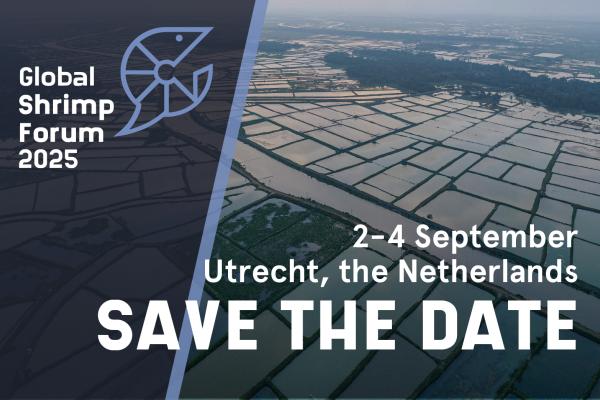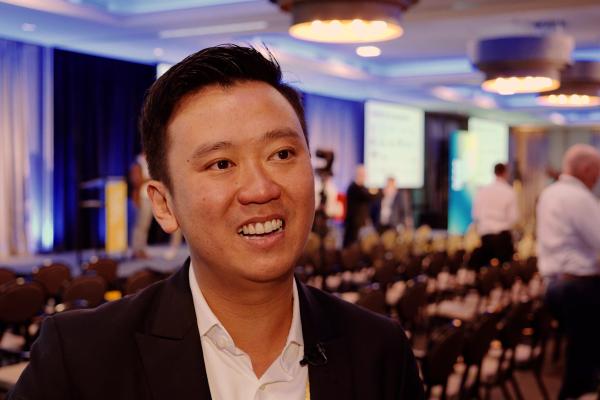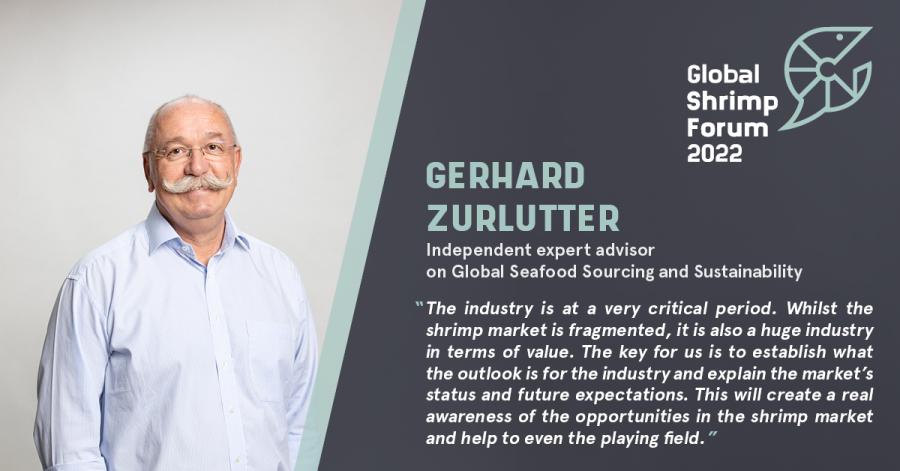
The Market and Retail Outlook seminar, which takes place on the final day of the forum, will focus on market trends and aims to bring clarity into the intricacies and challenges of the shrimp market at all levels of the value chain. Mid-bird registration for the forum is ending soon. You can register here to secure your place.
Those attending the seminar will hear from a range of speakers, including Jan Lambregts, the Head of RaboResearch Global Economics & Markets at Rabobank, who will be discussing consumer spending habits and how the macroeconomic situation is affecting consumer purchasing power. Alongside Jan, Ragnar Nystøyl, the Head of Analysis at Kontali, will provide an overview of the key geographic markets which consume shrimp and the importance of different sales channels. For a more detailed overview of the speakers and their presentations, head to the seminar programme on the GSF website here.
To gain insight into what we can expect to take away from this session of the Global Shrimp Forum, we spoke to two of the key people involved in the seminar. We heard from Gerhard Zurlutter, former international buyer for the retailer Coop in Switzerland, who will be chairing the session, and Esther Luiten, Commercial Director of the ASC and board member of the Global Shrimp Forum Foundation, to understand the market opportunities for shrimp, but also the challenges the industry faces to meet these opportunities.
Striving for change
Esther: Warm water shrimp is one of the most fascinating farmed species. It is consumed across all global markets and is produced by a range of different companies. However, when compared with other aquaculture industries, such as salmon, it’s still very fragmented. The industry is relatively disorganised, holds cost and operational challenges and faces different requirements from key buying markets. However, people love to eat shrimp! So, there is a great opportunity for producers to sell into markets where the product is tasty, healthy and an excellent source of seafood. However, there is a desperate need for senior people within the industry to come together and drive change. The Global Shrimp Forum presents the first real opportunity we can do this. This session will really focus on trends in key markets and what consumers and retailers are looking for.

Gerhard: The industry is certainly at a very critical period because there is tremendous upheaval in the global markets. As Esther mentioned, the shrimp market is fragmented, however, it is also a huge industry in terms of value, which at present is created by some bigger, but also very small producers. Equally, the challenges facing the industry are vast. On the one hand, you have rising inflation in the bigger markets, and on the other, there are the huge increases in feed cost for producers. The key for us is to establish what the outlook is for the industry and explain the market’s current status, the future expectations for the market, and what consumers will do in terms of their willingness to pay for shrimp.
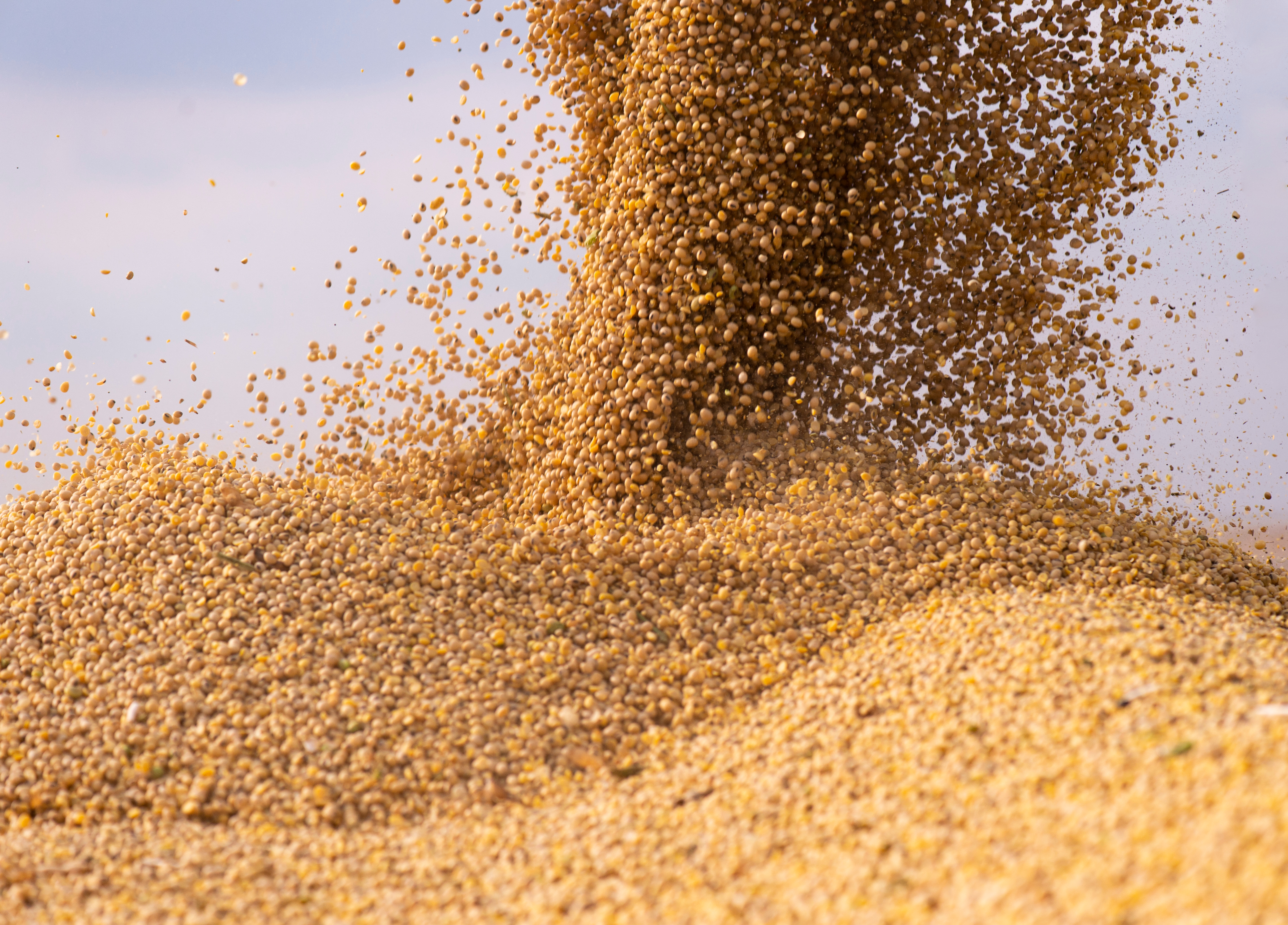
Opportunity
Esther: There is a tremendous market opportunity for shrimp, but this also comes with intrinsic tensions. The market has high expectations in terms of what it wants, and this can be very challenging to meet for producers upstream. But at the end of the day, the market is the outlet, so listening to what key market players require will play an important part in this session. Industry initiatives will also be taken by producers and innovative companies to meet these requirements in future.
Education
Gerhard: The seminar will concentrate on difficult market aspects. For example, China has completely fallen out of the global market and the US markets are taking less stock. At the same time, the cost of bringing product to the markets has risen substantially. Everyone that attends the session will be looking for solutions, or at least hints towards how the future might look for them. There are other challenges that need to be addressed as well. Currently, the investments from the small farmers, who make up the majority of the producers, are huge. If the market suffers, we quickly have a situation where producers become bankrupt or simply stop seeding their ponds. There is such a dependence on small producers, and this needs to be addressed so there is a more equal sharing of responsibility.
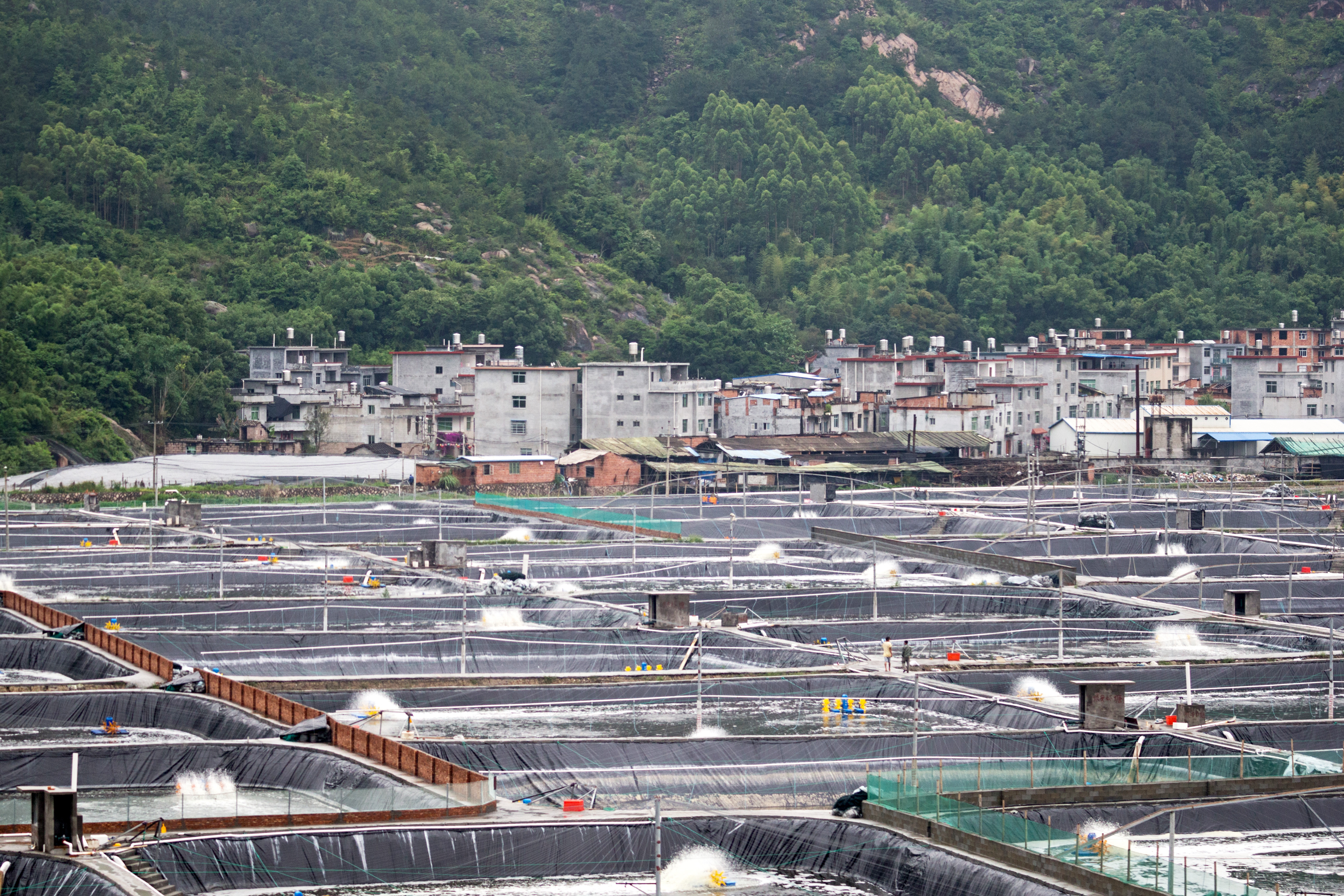
Esther: The session will certainly illustrate the tensions, as well as the short and longer-term challenges that the industry is facing. But how do we do this in a way that is not only sustainable but also economically viable? We will start to address these challenges within the seminar.
Searching for a Consensus
Esther: I don’t think there is a consensus within the market on what they want, but this is exactly why the exchanges that will take place at the forum will be so worthwhile.
Gerhard: The great thing is, the seminar will contain input from experts who may propose sensible solutions which will work for the entire supply chain, from farmer to consumer. I’m sure these solutions will be a welcome input and will give many people, particularly those in the middle of the supply chain, reassurance on what to do.
Conclusions
Gerhard: Achieving a consensus is not something I expect to come out of the seminar in this first edition. However, I do hope that the complexities of the market will become a little more transparent, and that many key players will understand that they are not alone in what they do. The people who deal with consumers and ultimately pay for the products must also understand that they too have a responsibility. This is something which I believe the contributions from the retail and the demand side will show.
Esther: Alongside this transparency, it would also be great for those attending to gain clarity on the differences between the markets and to establish how far apart they are. There is almost always a role to play on the demand and production side too, so I really hope we can unravel those aspects and continue discussions next year.
Gerhard: Exactly. Overall, this session will create a real awareness of the opportunities in the shrimp market and help make the first steps to even the playing field.
Register now
The Market and Retail Outlook seminar will take place at 1:30pm on the 8th September and will cover a total of three in-depth presentations and two panel sessions. To view the detailed seminar outline and learn more about the session, please head to the programme section of the GSF website or click here to register your place at the forum.
